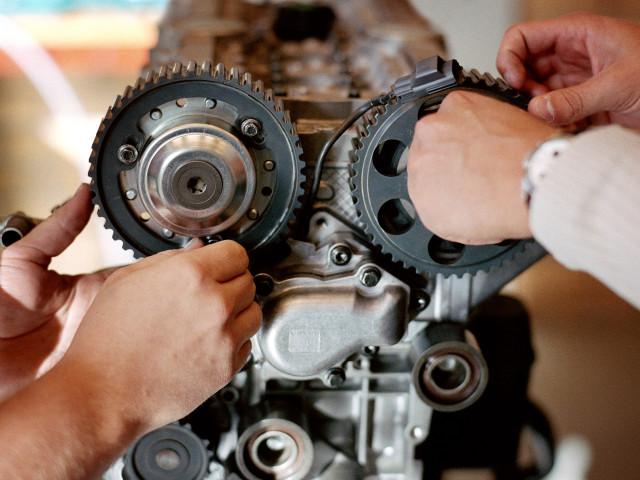a) Analysis of the sound and vibration characteristics of products. Sound and vibration generation in various machines and processes and methods to reduce this. Standards. Legal aspects of noise control. Acoustic planning.
Invited guest-lectures give actual information from different areas within the field of sound and vibration.
b) In addition, the course is based on the activities of the participants and the information given at seminars, industrial visits and written reports.
These activities can be divided into the following parts:
- Computer-based information retrieval.
- Practice in analysis and evaluation of technical and scientific reports and presentation of the compiled information.
- Visits to the industry in order to get information about: Industrial research and development. Insight into cooperation and communication between research and technical development. Insight into the professional role of the sound and vibration engineer.
After the course, the participant should be able to
- explain and communicate how sound and vibrations affect man and material
- identify and use international standards for measurement and analysis within the sound and vibration field
- identify, explain and communicate laws and regulations within the fields of sound and vibrations in society
- explain and communicate sound quality methods applied to products
- explain and communicate methods to measure and analyze sound and vibration from products like machinery
- identify, explain and communicate methods to make diagnosis of sound and vibration sources
- apply scale rules when investigating sources of sound and vibration
- explain and communicate how sound and vibrations arise in different machinery as electric motors, combustion engines, oil-hydraulic systems, flow machinery and so on
- explain, communicate and apply methods for vibration testing of products and part systems
Further on, starting from problems, usually from industry or society, be able to
- discern and formulate a project task
- make a project plan
- carry out an information retrieval within the actual area
- review, and compile information within the area
- orally and in writing, present the work with demands on content, structure and language
